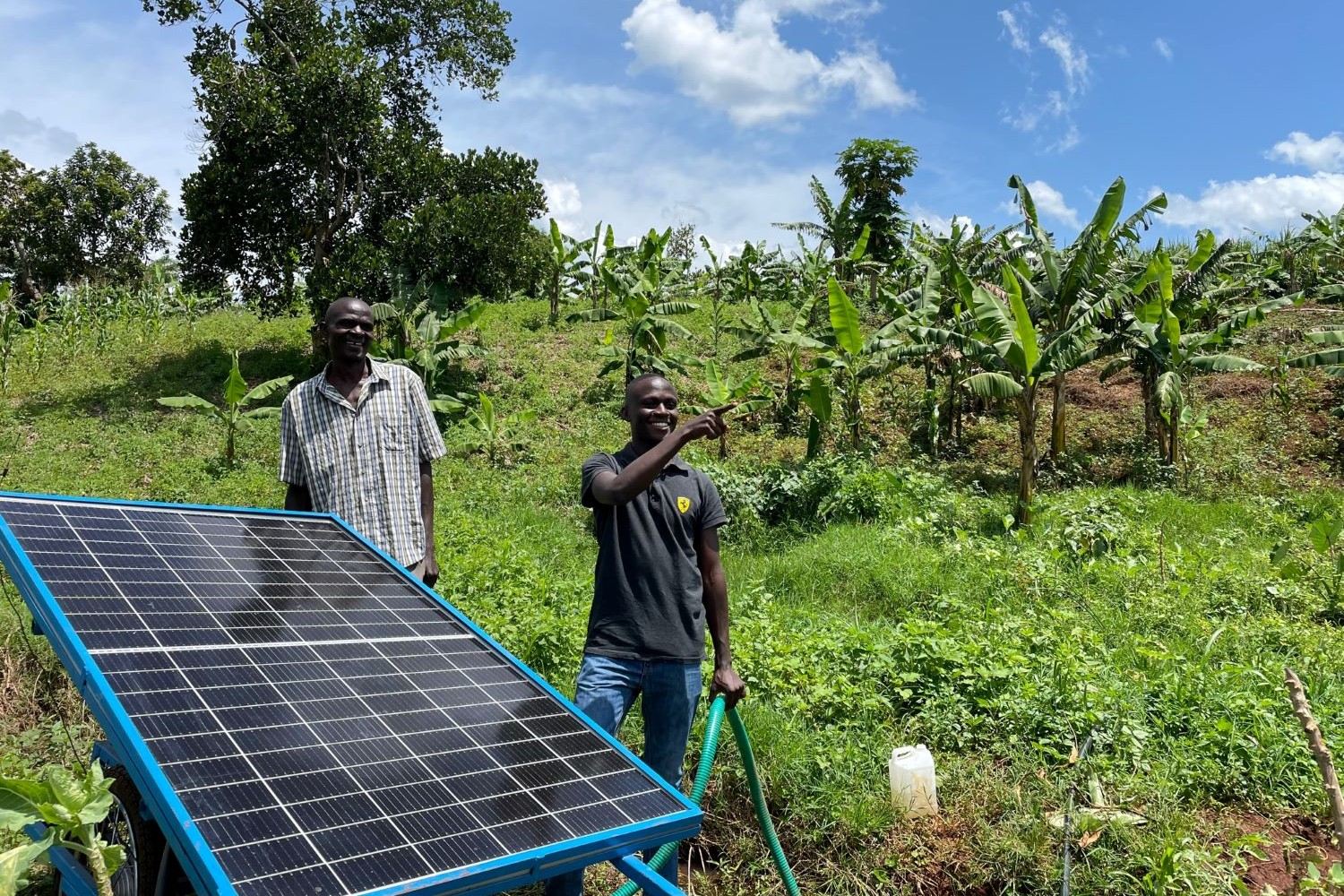By Bonface Orucho
Africa’s off-grid solar sector continues to be a magnet for investment, with recent analysis from Africa: the Big Deal emphasising its growing appeal to investors.
Despite a general decline in start-up funding across the continent over the last two years, the industry remains a clear priority for both the social impact and regular investment community.
According to Laura Fortes, the senior project manager for access to finance at GOGLA, the surge in funding is vital because off-grid solar “has been positioned by many as the most viable route to electrifying half of the 685 million people that still lack electricity today, 86% of whom live in Africa.”
In the latest move, d.light, a global provider of household solar products and affordable finance, closed a new securitization facility to scale up its PayGo consumer finance offering to make solar-powered products available to low-income communities.
African Frontier Capital, a social impact-focused asset management company, provided the US$176 million financing for the deal, which closed in July. d.light will use this facility to expand its services in Uganda, Tanzania, and Kenya.
Notably, with the latest agreement, d.light alone has pulled in some US$718 million since 2020 and the sector continues to attract global financiers, leading to not just the expansion of energy access but also opening a range of economic opportunities.
According to Big Deal, investments in the off-grid sector have made up 25% of the amount invested in start-ups in Africa since 2023.
In 2023, the sector attracted a US$425 million investment spread across 85 companies, including US$281 million in debt, US$128 million in equity, and US$15.5 million in grants.
“The total haul represents a decrease of 43% from the previous year, due to Sun King’s exceptional raise in 2022.”
Scale-ups raised a record amount of off-balance-sheet financing, which accounted for US$157 million, or 75% of the debt raised by this segment.
Securitisation is gaining traction as a promising liquidity strategy, drawing new financing streams into off-grid solar from national banks and institutional investors. Securitisation involves converting assets, typically loans, into marketable securities to raise capital by selling them to investors.
In 2023, Sun King partnered with Citi to spearhead the largest securitisation deal, a US$130 million transaction.
Investments in start-up and seed-stage companies surged to US$148 million and US$24 million, respectively. The productive use segment, focused on powering livelihoods and boosting economic opportunities, leads the way with the highest equity raises.
For instance, in April of this year, SunCulture, a provider of solar-powered irrigation solutions for smallholder farmers in Africa, raised US$27.5 million in Series B funding.
Despite the rapid funding for startups in this sector, the underlying needs remain extensive. According to Fortes, the raised amount so far is around 1/7th of the finance needed to help reach the 2030 goal of primary access to electricity for all.
South Africa’s recent electricity provision woes have shown what can be accomplished with the clever application of funding. Support from banks and international lenders lead to massive adoption of private solar installations in just a few years, according to figures from national power utility Eskom, as reported by mybroadband.
“According to Eskom’s latest estimates, around 5,790 MW of private rooftop solar had been installed by June 2024, an increase of more than 3,200 MW from the start of 2023,” mybroadband reported.
Multilateral financing institutions like the African Development Bank and the World Bank are revamping funding for off-grid solar expansions.
“The overall investment opportunity or need is expected to be in the region of US$300 billion (including power for agriculture, health, enterprise, and higher energy services),” Fortes explained in a guest blog in Africa: The Big Deal.
The two institutions recently announced ambitions to support the private sector to rapidly expand access to 300 million people, with significant new regional and country-led programs coming online.
The World Bank Group will work to connect 250 million people to electricity through distributed renewable energy systems, or the distribution grid, while the African Development Bank Group will support an additional 50 million people.
bird story agency
Africa’s off-grid solar sector is a major draw for investments despite a general decline in start-up funding across the continent. The sector is prioritized due to its potential to provide electricity to the 685 million people, primarily in Africa, who currently lack access. Companies like d.light are securing substantial funding to expand services in regions such as Uganda, Tanzania, and Kenya. Significant investments, including a recent US$176 million securitization deal by African Frontier Capital, highlight the growth potential and economic opportunities linked to off-grid solar solutions.
In 2023, the sector raised US$425 million, with a notable shift towards securitization, which involves converting loans into marketable securities. This new liquidity strategy has attracted national banks and institutional investors. Some significant deals include Sun King’s partnership with Citi for a US$130 million transaction and SunCulture’s US$27.5 million Series B funding for solar irrigation solutions. However, despite these investments, the funding acquired so far is only a fraction of what is needed to achieve universal electricity access by 2030.
Support from multilateral organizations like the African Development Bank and the World Bank is crucial. These institutions are pledging to support initiatives that will connect 300 million people to electricity. The World Bank is aiming to connect 250 million people, while the African Development Bank targets an additional 50 million, underscoring the extensive investment opportunity, estimated at US$300 billion, needed for comprehensive off-grid solar expansion.






